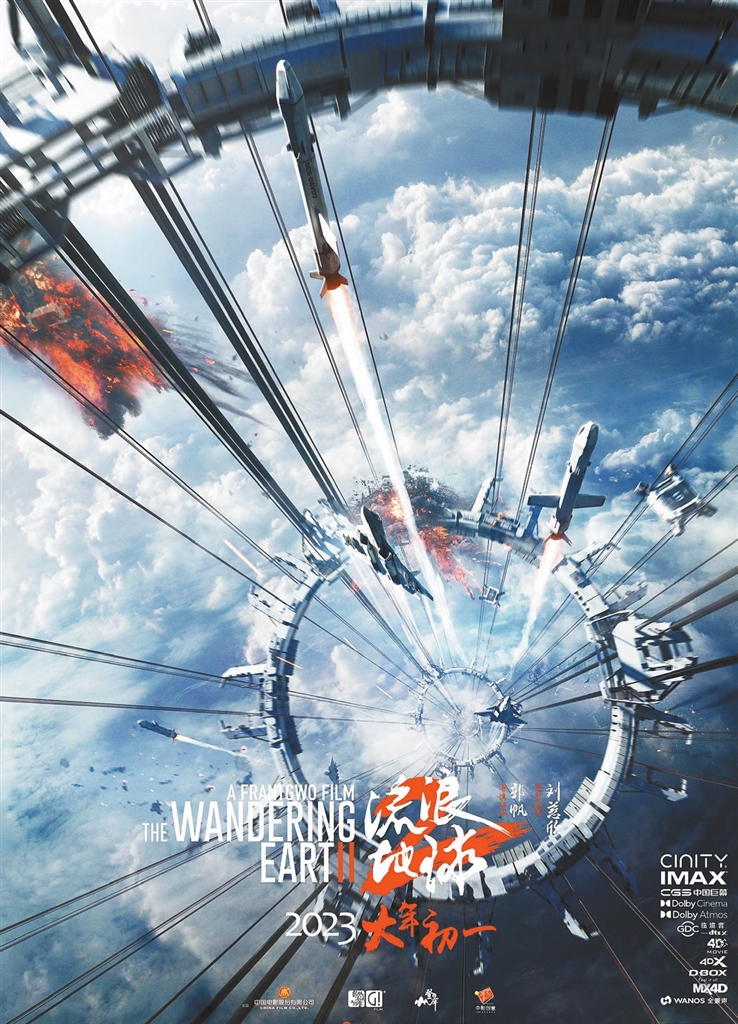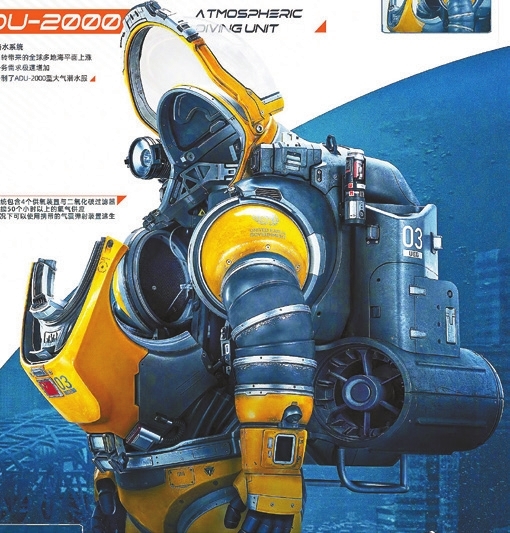


THE sci-fi blockbuster “The Wandering Earth 2” has not only raked in whopping box-office revenue, but also aroused much attention on science and technologies that appear in the movie, including a space elevator, quantum computers and nuclear fusions. “I’m impressed by the technologies rendered in the movie, particularly the space elevator that sends people to space,” said Wu Kexin, 14, after watching the movie with her family in Hefei, capital of Anhui Province. The key to realizing the space elevator is to find a super-strong material that can be used as the elevator cable and the material needs to maintain good performance when exposed to harsh conditions in space, said Guan Qingfang, an associate research fellow at the University of Science and Technology of China. It might be long before space elevators could actually become reality. Still, the discussion of this technology itself reflects the ambition of, and charts the course for, mankind in the research and development of material science, said Guan. In the movie, to escape the harm of the rapidly burning sun, humans try to build about 10,000 massive engines powered by nuclear fusions to propel Earth to a place far from damaging solar flares. Nuclear fusion, the process of reuniting two light atomic nuclei to form a heavier one, can generate so much energy that “it makes sense in principle to use this energy to propel Earth,” commented Wang Teng, who has been researching nuclear fusion energy for many years in the Institute of Plasma Physics, Chinese Academy of Sciences. Scientists working on fusion energy mainly focus on deuterium-tritium fusion reaction since it is much easier to be realized than heavy nuclei fusion portrayed in the sci-fi movie. Great achievements have been made in the field of fusion energy after over 70 years of efforts by mankind. “It is still too early to talk about the prospect of propelling Earth by fusion energy, but it is highly possible to power a light with this energy in the near future,” said Wang. In a Weibo post, the China National Nuclear Corp. (CNNC) wrote in support of the film, “Whatever you imagine, we’ll make it real.” The post showed a poster that featured the Earth planetary engine and China’s artificial sun device, as well as the China Circulator II A device, with the caption “We are committed to turning science fiction into reality.” A pioneer of China’s nuclear technology, CNNC recently saw a breakthrough with its new generation of the artificial sun, the HL-2M plasma current of which manages to exceed 1 million amperes, creating a new record for the operation of controllable nuclear fusion in the country. CNNC was the source of inspiration for the heavy nuclear fusion engines seen in the movie. A number of high-tech companies such as the China Aerospace Science and Industry Corp., China Shipbuilding and China Energy commented on CNNC’s post, noting that they too wanted to sign up for “turning science fiction into reality.” MOSS, the AI commanding the space station in the film, drew inspiration from the Chinese quantum computer built by a research center in Anhui Province. According to media reports, China is the third country to put a quantum computer into operation. According to the movie director Guo Fan, many of the United Earth Government machinery in the movie came from Xuzhou Construction Machinery Group Co. Ltd., a leading company in China’s construction machinery industry. Guo said that thanks to China’s powerful manufacturing industry, especially the application of 3D printing and CNC (computer numerical control) machine tools, the special props made for the film have reached the most advanced level in the world, offering audience members a vivid visual feast. The exoskeletons in the movie have been commercialized in recent years. On Jan. 18, shortly before the release of the movie, 17 ministries including the Ministry of Industry and Information Technology issued a notice on the implementation plan for the application of Robot Plus, which mentioned the support for the development of exoskeleton robots. Over the past two weeks, a number of scientists also joined online discussions to analyze and explain the possibilities of relevant technologies in the movie, including moon rovers, internet root servers and underground city life. A crowdfunding project was launched by a Chinese culture and media company on the e-commerce platform Taobao, aiming to produce peripheral products like robotic dog models and USB flash disks after the movie was screened. (Xinhua, Global Times) | 
